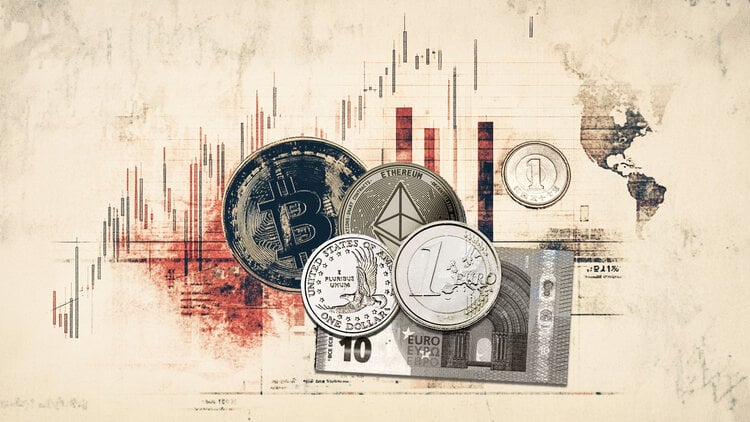- The Euro remains within recent ranges as the Yen Wobbles following the trade deal with the US.
- From a wider perspective, the EUR/JPY looks set for some correction after an overextended rally.
- The Euro is on its back foot on Wednesday ahead of the ECB decision and with the tariffs deadline looming.
The Euro retreated from 172.65 against the Yen ahead of the European session opening, but has been contained above 172.00, as the JPY whipsaws on the back of the trade deal with the US and Prime Minister Shigeru Ishiba’s denial of the rumours suggesting his resignation.
From a wider perspective, the pair seems to be losing steam after having rallied steadily during the last two months, and heading for some consolidation or a bearish correction as RSIs have reached oversold levels on most timeframes.
The Japanese Yen rallied earlier on Wednesday, as the US President Donald Trump announced a trade deal with Japan. The agreement includes a 15% levy, below the 25% announced in July and and USD550 billion of Japanese investments in the US.
Yen appreciation, however, was capped on rumors that the Prime Minister Ishiba would resign by the end of August, taking responsibility following the defeat in last weekend’s parliamentary elections, which were later denied by Ishiba himself.
The Euro, on the other hand, is failing to draw any significant support from Yen weakness. The common currency remains on the defensive on Wednesday, weighed by the lack of progress in the trade negotiations and Thursday’s ECB monetary policy decision.
(The title and some paragraphs of this story were corrected on July 23 at 10:17 GMT to clarify that PM Ishiba has dismissed previous rumours about his resignation, that had been reported before.)
Tariffs FAQs
Tariffs are customs duties levied on certain merchandise imports or a category of products. Tariffs are designed to help local producers and manufacturers be more competitive in the market by providing a price advantage over similar goods that can be imported. Tariffs are widely used as tools of protectionism, along with trade barriers and import quotas.
Although tariffs and taxes both generate government revenue to fund public goods and services, they have several distinctions. Tariffs are prepaid at the port of entry, while taxes are paid at the time of purchase. Taxes are imposed on individual taxpayers and businesses, while tariffs are paid by importers.
There are two schools of thought among economists regarding the usage of tariffs. While some argue that tariffs are necessary to protect domestic industries and address trade imbalances, others see them as a harmful tool that could potentially drive prices higher over the long term and lead to a damaging trade war by encouraging tit-for-tat tariffs.
During the run-up to the presidential election in November 2024, Donald Trump made it clear that he intends to use tariffs to support the US economy and American producers. In 2024, Mexico, China and Canada accounted for 42% of total US imports. In this period, Mexico stood out as the top exporter with $466.6 billion, according to the US Census Bureau. Hence, Trump wants to focus on these three nations when imposing tariffs. He also plans to use the revenue generated through tariffs to lower personal income taxes.

